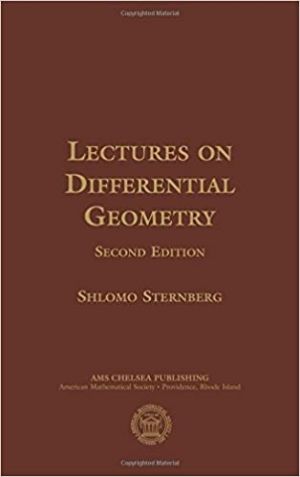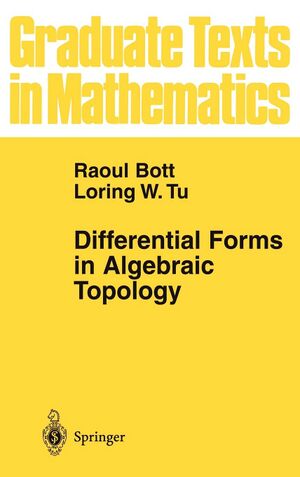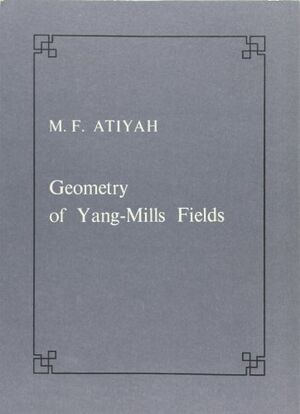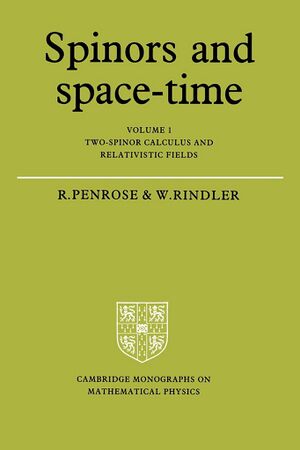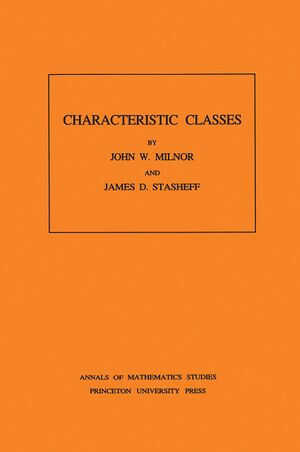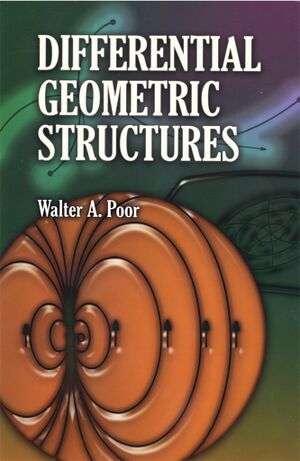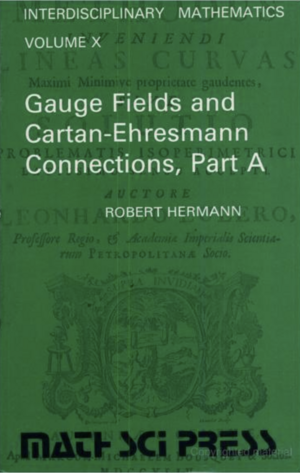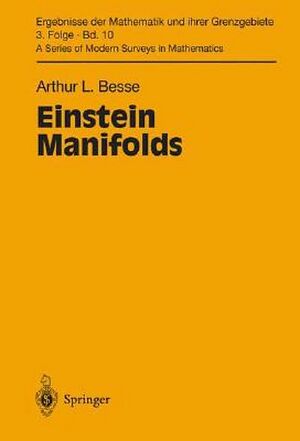The Classical Theory of Fields (Book): Difference between revisions
(added applications texts) |
m (→Applications) |
||
| Line 29: | Line 29: | ||
}} | }} | ||
{{BookListing | {{BookListing | ||
| cover = | | cover = Atiyah Geometry of Yang-Mills Fields.jpg | ||
| link = | | link = Geometry of Yang-Mills Fields (Book) | ||
| title = === | | title = === Geometry of Yang-Mills Fields === | ||
| desc = | | desc = Geometry of Yang-Mills Fields by Michael Atiyah. | ||
}} | }} | ||
{{BookListing | {{BookListing | ||
Revision as of 16:45, 17 March 2023
| Fields | |
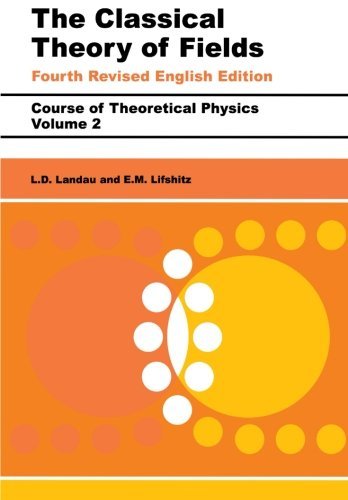
| |
| Information | |
|---|---|
| Author | Lev Landau |
| Language | English |
| Series | Course of Theoretical Physics |
| Publisher | Butterworth Heinemann |
| Publication Date | 1975 |
| Pages | 402 |
| ISBN-13 | 978-0-7506-2768-9 |
The Classical Theory of Fields represents another major challenge for the mathematical and physical maturity of the reader. Understanding the application of relativity requires setting aside the Galilean idea of time and assuming the formalism of change of basis from linear algebra to describe basic physical quantities such as vector and tensor fields in space-time. Least action functions similarly to mechanics, action being measured by integrals along trajectories, but differs in there being no absolute time to integrate against. Due to this least action approach, Electromagnetism is described starting from a four-vector potential rather than the usual Electric and Magnetic fields as they do not exist geometrically on space-time (and because the potential more simply integrates with the action). Culminating in General relativity, physics in curved space is described with covariant derivatives, christoffel symbols, parallel transport, and phenomena such as gravitational waves and black holes are derived. This text marks another nail in the coffin of non-geometric physics and strongly urges the reader to pursue differential geometry, and aids in that process by applying indicial tensor calculus.
Applications
Differential Forms in Algebraic Topology
Differential Forms in Algebraic Topology by Raoul Bott and Loring Tu.
Gauge Fields and Cartan-Ehresmann Connections
Gauge Fields and Cartan-Ehresmann Connections by Robert Hermann.

